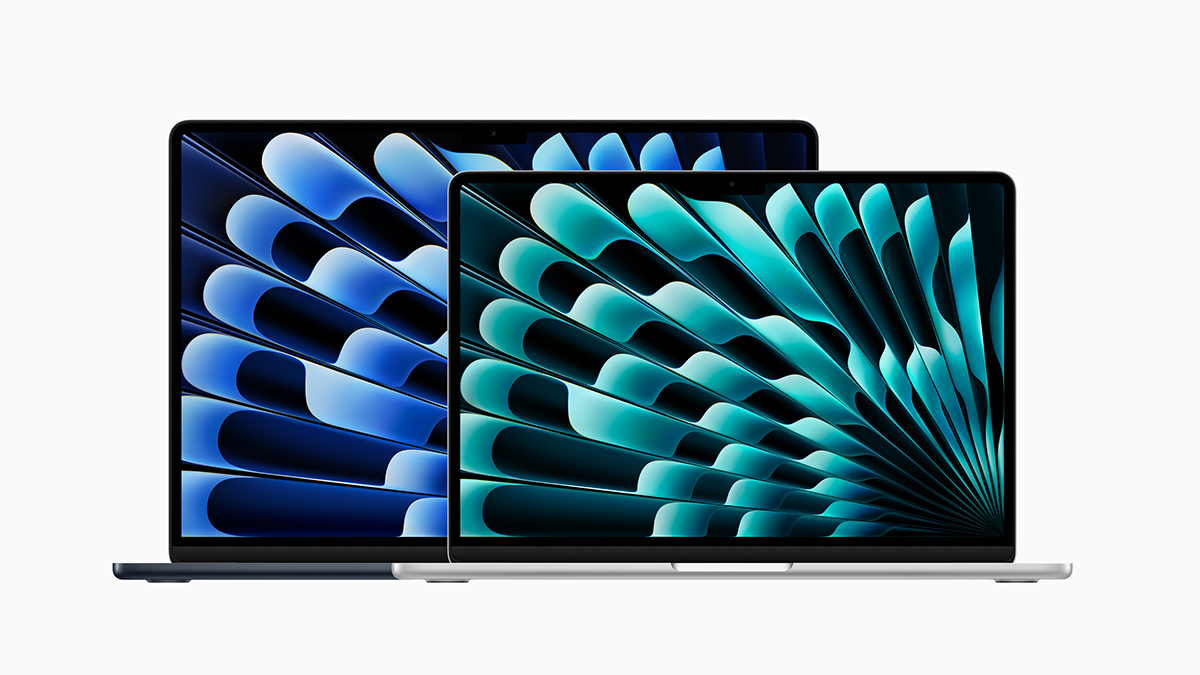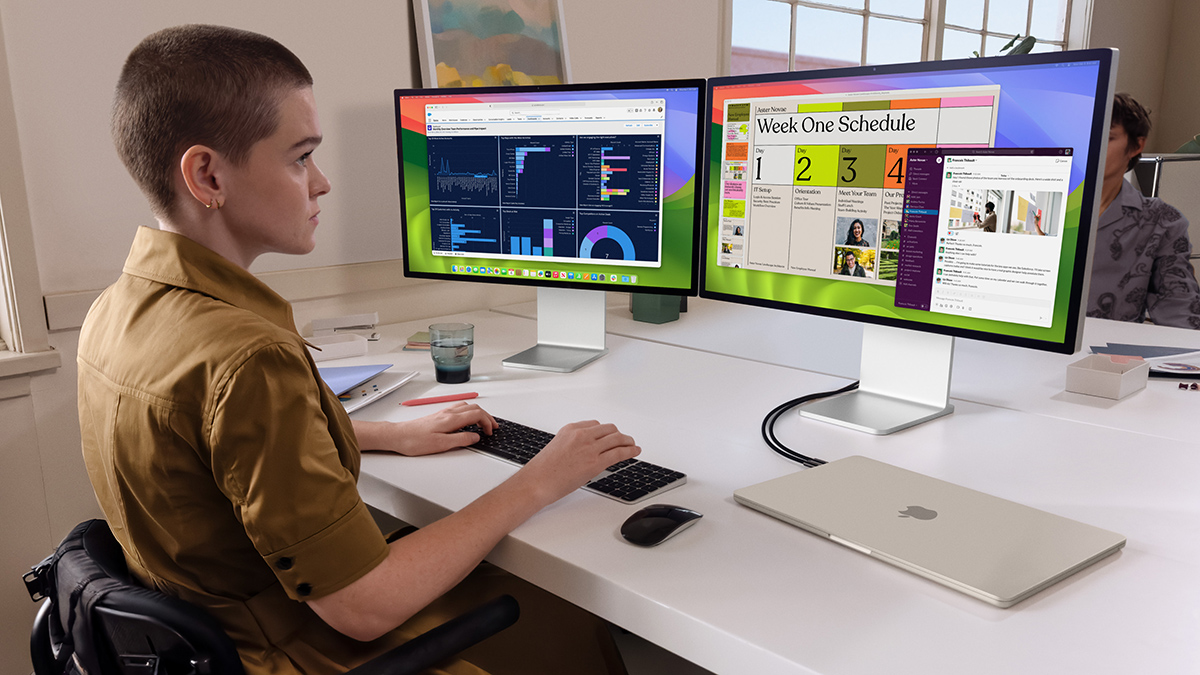Apple’s new MacBook Air has an M3 chip and can drive two external displays, making it suitable for use in a multi-monitor music production setup
Meet “the best consumer laptop for AI”

Apple has announced a new MacBook Air that features the M3 chip that made its debut in the MacBook Pro and iMac last year. Available in 13- and 15-inch sizes, this is Apple’s most affordable notebook - and, we’re told, “the best consumer laptop for AI”.
The new MacBook Airs retain the design of the previous M2 models, but get a performance boost thanks to the inclusion of that M3 chip. The entry-level 13-inch model has an 8‑core CPU, 8‑core GPU and 16‑core Neural Engine, while all the 15-inch models have an 8‑core CPU, 10‑core GPU and 16‑core Neural Engine (you can also spec the more powerful GPU in the 13-inch model if you wish).
For musicians, another benefit of the M3 MacBook Air is that, when the lid is closed, it can drive two external displays, so you could use it in a double monitor setup in your studio. The M2 MacBook Air - which is still available in its 13-inch guise at its new starting price of $999/£999 - doesn’t offer this facility.

Both the entry-level 13- and 15-inch models have 8GB RAM and 256GB storage, expandable to 24GB and 2TB in each case. Connectivity comprises a MagSafe charging port, two ThunderBolt ports and a 3.5mm headphone jack.
Prices for the MacBook Air 13- and 15-inch models start at $1,099/£1,099 and $1,299/£1,299 respectively. Both models will be available on 8 March, and are available for order now via the Apple website.
Get the MusicRadar Newsletter
Want all the hottest music and gear news, reviews, deals, features and more, direct to your inbox? Sign up here.



I’m the Deputy Editor of MusicRadar, having worked on the site since its launch in 2007. I previously spent eight years working on our sister magazine, Computer Music. I’ve been playing the piano, gigging in bands and failing to finish tracks at home for more than 30 years, 24 of which I’ve also spent writing about music and the ever-changing technology used to make it.









